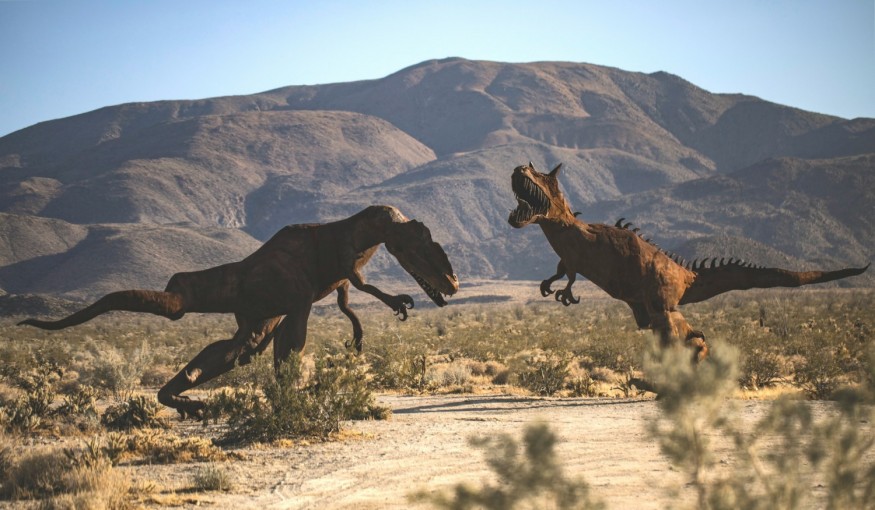Dinosaur fossils along with dinosaur footprints or tracks are some of the most crucial evidence for the existence of the prehistoric reptiles. The now-extinct non-avian dinosaurs, lived approximately between 245 million and 66 million years ago during the Mesozoic Era, according to the National History Museum (NHM). Since then, we can only find biological traces that they left behind.
Since the early 19th century, dinosaurs have been popularized in scientific literature and even popular culture. Ranging from national parks to the film industry and global museum networks, dinosaur fossils have become an attraction both for scientists and the general public. However, a question often asked by people is whether some of their fossils are authentic or not.
Dinosaur Fossil Discovery

Fossils, in general, are preserved biological remains of ancient living organisms, including animals and plants. Yet, fossils are not entirely the remains of these organisms since they have also been geologically altered for a long period of time, buried under sedimentary rocks and even metamorphic rocks, according to experts. They can be found in different parts of the world, even in Antarctica.
The earliest detection of the first dinosaur fossil dates back hundreds of years ago. In North America, the general consensus regarding the first discovery of dinosaur remains took place in 1854 and was credited to Ferdinand Vandiveer Harden. The unearthing of the remains occurred during his exploration of the upper Missouri River, according to the University of California's Museum of Paleontology.
Meanwhile, it was Robert Plot who was credited for discovering the first dinosaur bone in 1677. However, Plot's scientific guess at that time was that the fossil belonged to a giant human. This knowledge discrepancy lasted until a geology professor, named William Buckland from Oxford University, between 1815 and 1824 became the first person to formally describe a non-avian dinosaur.
Also Read: Well-Preserved Dinosaur Fossil Discovered in Canada, 'Sleeping Dragon' Almost Looks Like a Statue
Real or Fake Fossils
Fossils, regardless if they belong to dinosaurs or from other flora and fauna species, are significant when it comes to understanding Earth's prehistoric past. In the field of paleontology, which studies the history of life on Earth through fossils, finding and determining a genuine or real fossil is significant. This is because fossil records reflect the reality of evolution and biodiversity.
According to the Paleontological Research Institution, paleontologists also need to determine other fields of science, ranging from rocks to genetics. It is for this reason that the identification of a real or fake fossil involves many aspects.
For instance, scientists conduct multiple methods such as radiometric dating, acid tests, and X-rays to know if a fossil is genuine.
The Academy of Natural Sciences of Drexel University states that a specimen may not be a real fossil (even if it is shaped like a bone) in some circumstances. For example, a fossil which does not have the right texture then it is likely a rock. One final inspection that paleontologists conduct for a potential fossil is checking for pores, which are small holes found in bones, according to Drexel University.
© 2025 NatureWorldNews.com All rights reserved. Do not reproduce without permission.





